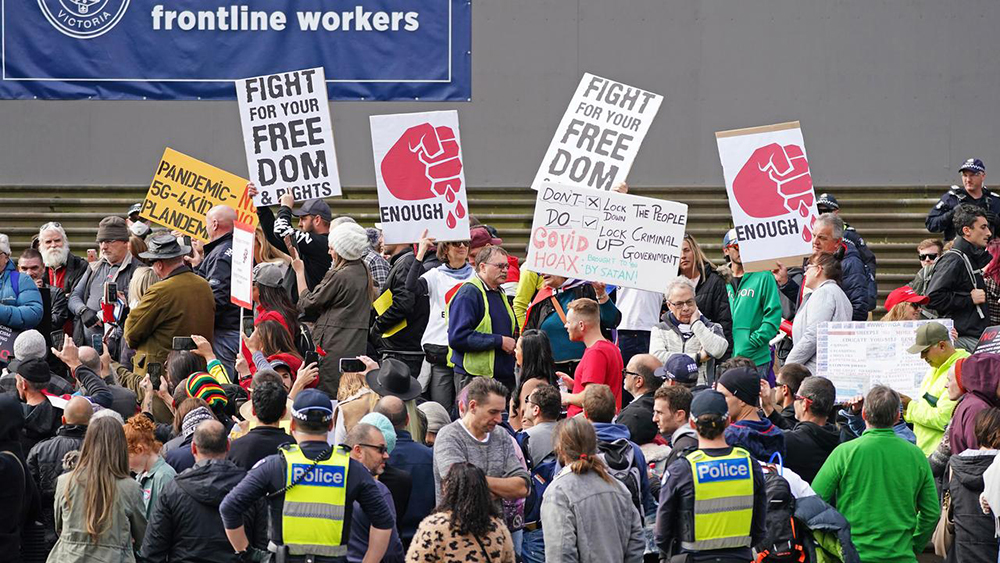Geneva, 5 December, 2020

We all have a bit of the “don’t mess with me” mentality. We are intolerant of people in our space or causing us the slightest inconvenience. We get stroppy; some more than others. Political parties feed off “don’t mess with me;” some more than others. However, if it serves a greater good, we tolerate being messed with; some more than others. What has surprised me is how the pandemic has brought out the “don’t mss with me” in so many people who seem unable to comprehend that the greater good of an effective public health approach must engender collective measures. The lockdowns and other social distancing measures are seen as an attack by government on individual freedoms, a personal affront and, it follows, ineffective.
In the COVID Chronicles 6, I described the no-nonsense, calm approach of the Swiss to the main issue for all of us: that is, the big balance that weighs an effective public health response against the social and economic impact of lockdown and other social distancing measures. Quite a contrast to the political and “don’t mess with me” argy-bargy in the UK about how, where and when anti-COVID-19 measures should be imposed. If I could show that the first UK lockdown avoided two million COVID-19 cases with their inevitable burden on the health services and 70,000 deaths, would the on-going imposition of lockdown and / or other social distancing measures be more digestible and less contentious? Could we not work towards a cooler judgement of weather such measures are “worth it”? You may well wonder how I’ve arrived at these figures. With some trepidation…. here goes….!


Above are the UK stats for COVID-19 cases and deaths per day according to Johns Hopkins (who collate each countries own reported stats.) To date, the UK has reported a total of 1,633,744 COVID-19 cases and 58,545 related deaths largely distributed between two peaks. Similarly, other western Europe countries, Australia and Canada show two peaks. Current declining cases and deaths are due to re-imposition of a variety of measures all of which curtail our lives to an extent.
Given the graphs for the global cases and deaths per day (see below,) it would be reasonable to assume that in the UK, without the first lockdown beginning in March, the epidemic curve for daily cases would have continued to rise through April and beyond. The curve for daily deaths would have risen but disproportionally less so for reasons that remain unclear. The same assumption could be made for other countries with two peaks.
In the UK, the first peak of cases per day is on 10 April and the second on 17 November. This gives a “inter-peak” period of 191 days. A line drawn between the first and second peaks of these curves would represent a minimum of cases and deaths without the first lockdown. If we assume that the below-the-line average for those 191 inter-peak days would have been around 1,200 cases per day and around 400 deaths per day, we arrive at 2,292,000 cases and 76,4000 deaths. Therefore, the minimum number of cases and deaths avoided in this 191 day period are given by the 2,292,000 cases and 76,4000 deaths minus the reported 1,303,000 cases and 42,000 deaths respectively for the same period. This gives us 989,000 cases avoided and 34,400 deaths avoided. The same calculation can be made for any other country showing two peaks.
But, of course, epidemic stats follow curves and not straight lines. This means that the reality of what would have happened over the 191 day inter-peak period without lockdown would have been represented by a curve in the form of one bigger peak. We will never know the full height or width of this bigger peak. Nevertheless, the figure of the below-the-line cases and deaths avoided as calculated above must represent only a fraction of the cases and deaths that would have been. In reality, double this would be a good shot. Maybe we’re looking at two million cases and 70,000 deaths avoided by the first lockdown? So there!
Politely worded disagreements based on existing data and reasonable assumptions are welcome.


The COVID Chronicles could also chronicle the more bizarre opinions I’ve read about anti-COVID-19 measures. How about this one? In several locations in nearby France: “Slaves and their children are masked and vaccinated!”
